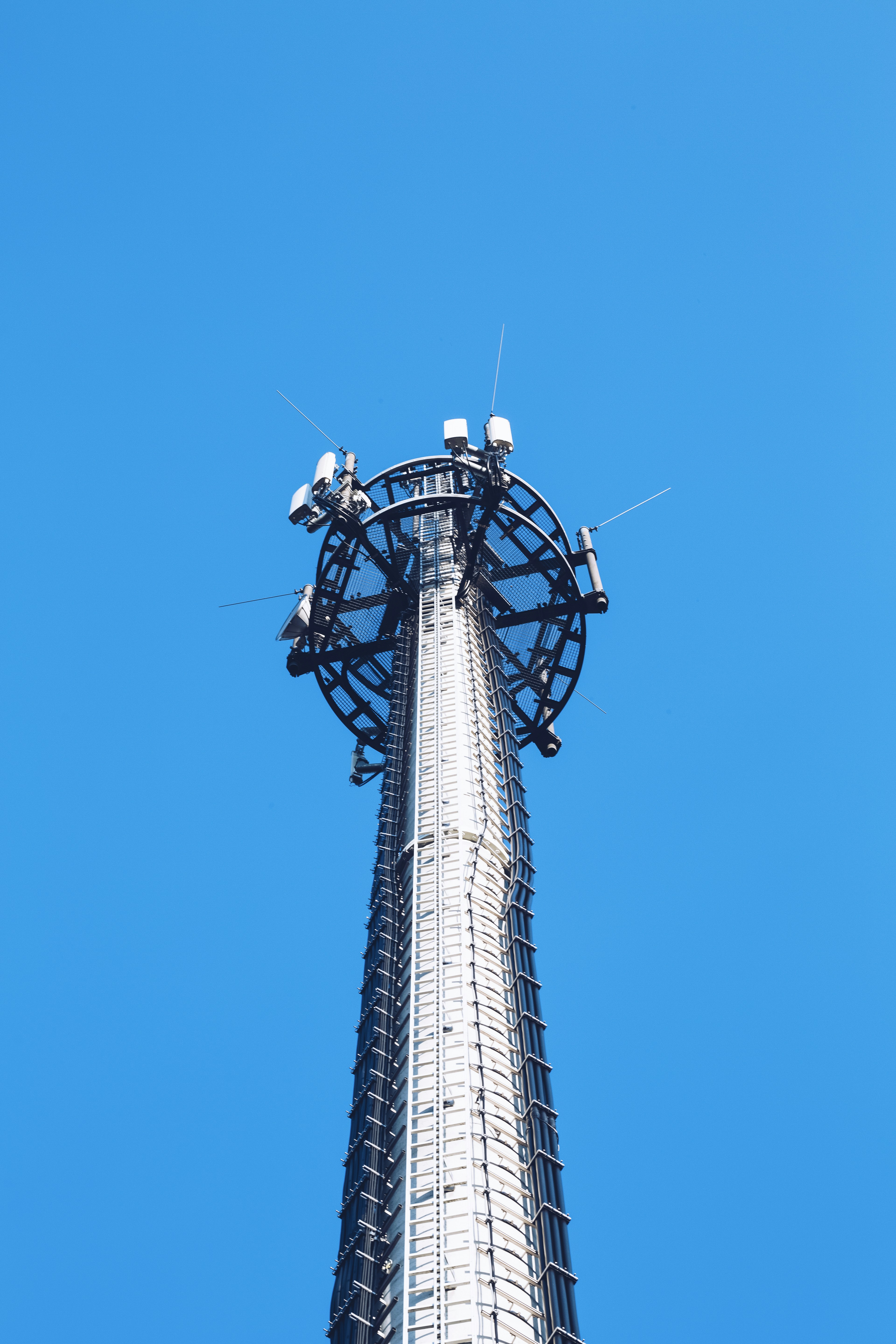
Introduction to Data Cables
In today’s fast-paced digital world, connectivity is key. Whether you’re transferring files, charging devices, or connecting to the internet, your choice of data cable can make all the difference. It’s not just about plugging in; it’s about ensuring a smooth and efficient experience every time you connect. With so many options available on the market, understanding what makes a data cable effective is crucial for anyone zinc alloy data cable who relies on technology daily. Let’s dive into why selecting the right data cable matters more than you might think!
The Importance of Choosing the Right Data Cable
Choosing the right data cable can make all the difference in your device’s performance. A quality cable ensures efficient data transfer, reducing lag and enhancing productivity.
Using a poor-quality or incompatible cable often leads to interruptions. This results in frustration when syncing devices or backing up important files.
Moreover, not all cables are built equal; they vary significantly in design and functionality. For example, USB-C cables offer faster charging capabilities compared to older USB types.
Additionally, selecting the right length is essential. An overly long cord may cause signal degradation while a short one could limit mobility.
Investing time into finding the correct data cable ultimately pays off. It guarantees that you experience seamless connectivity while maximizing your technology’s potential.
Types of Data Cables and Their Uses
Data cables come in various types, each tailored for specific purposes. USB cables are among the most common, used primarily for connecting devices like smartphones to computers. They facilitate charging and data transfer efficiently.
HDMI cables shine when it comes to video transmission. Whether you’re streaming movies or playing games, an HDMI cable delivers high-definition audio and video quality.
Ethernet cables play a critical role in networking environments. They connect computers to modems or routers, ensuring stable internet connections that support smooth browsing and gaming experiences.
Then there’s the lightning cable, exclusive to Apple devices. This compact connector is essential for charging iPhones and syncing data with Macs.
Fiber optic cables stand out due to their ability to transmit data over long distances at incredible speeds. They’re often used in telecommunications networks where performance is key. Each type of cable plays a unique part in our digital lives, making connectivity seamless across different platforms.
Factors to Consider When Choosing a Data Cable

When selecting a data cable, compatibility is key. Ensure the cable fits your device’s specifications. Some cables work better with specific brands or models.
Next, consider the length of the cable. Too short can limit movement; too long may cause signal loss. Find a balance that suits your space and needs.
Speed ratings are another crucial factor. Look for cables labeled with high-speed capabilities if you require fast data transfer for tasks like streaming or gaming.
Durability also matters. A well-constructed cable will withstand wear and tear over time. Check materials used, as quality can vary significantly between products.
Think about price versus performance. While it’s tempting to choose cheaper options, investing in fashion a reliable data cable pays off in enhanced connectivity and fewer headaches down the line. Make informed decisions based on your unique requirements.
Common Mistakes When Choosing a Data Cable

One common mistake is overlooking compatibility. Not all cables work with every device. Always check if your cable matches the ports on your gadgets.
Another frequent error is ignoring data transfer speed. Users often buy cheaper options without considering their performance specifications, leading to frustratingly slow transfers.
Many people also underestimate the importance of cable length. A too-short cable can restrict movement and usability, while an excessively long one may lead to signal degradation.
Additionally, some forget about build quality. Thin or flimsy cables might save money initially but can result in wear and tear over time, making them a poor investment.
Shoppers sometimes neglect user reviews and ratings when selecting a data cable. Reviews provide insights into real-world performance that product descriptions often miss.
Benefits of Using the Right Data Cable for Seamless Connectivity
Using the right data cable can transform your device performance. High-quality cables ensure faster transfer rates, minimizing waiting time when transferring files or streaming content.
A suitable data cable also enhances reliability. You reduce the risk of interruptions during important tasks, such as video conferencing or online gaming. Consistent connectivity fosters a smoother experience.
Durability is another benefit worth noting. Quality cables withstand wear and tear better than cheaper alternatives, saving you money in replacements over time.
Moreover, specific cables are designed for particular devices and standards like USB-C or Lightning connections. Utilizing the correct type ensures compatibility and optimal functionality.
Using an appropriate data cable helps maintain your device’s health by preventing potential damage caused by inadequate power supply or short-circuiting issues. Embracing the right choice elevates both convenience and safety in your tech interactions.
Conclusion
Choosing the right data cable is essential for maintaining optimal connectivity. Whether you’re transferring files, charging devices, or streaming media, the quality of your data cable can significantly impact performance. A well-selected data cable ensures faster transfer rates and reduces the likelihood of interruptions.
Understanding the various types of data cables helps in making an informed decision based on specific needs. Different cables serve distinct purposes; knowing which one to use can save time and frustration later on.
When selecting a data cable, consider factors such as compatibility with your devices, length requirements, durability, and speed capabilities. Avoid common pitfalls like opting for cheaper alternatives that may compromise efficiency or purchasing cables without checking their specifications.
The right data cable enhances productivity and offers a smooth user experience. Investing in high-quality options leads to better performance over time and fosters seamless connections across all your devices.
With all these insights into choosing a suitable data cable at your fingertips, you’re now equipped to make decisions that enhance not just connectivity but also overall device functionality.



